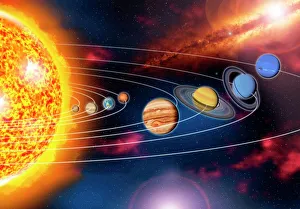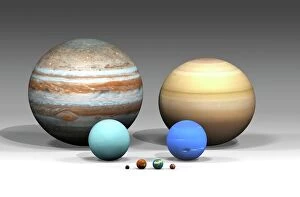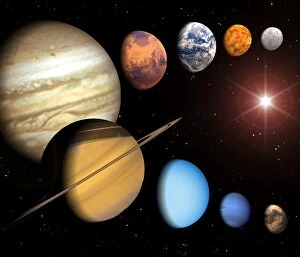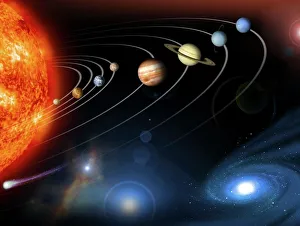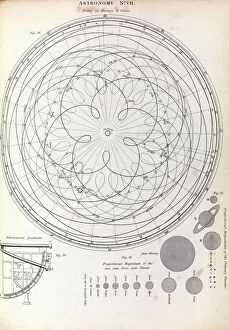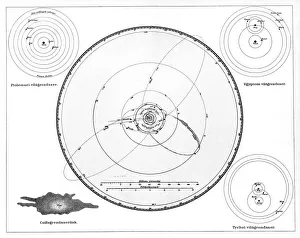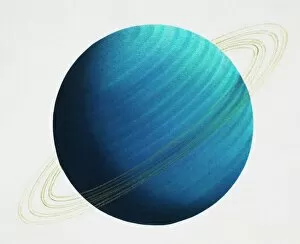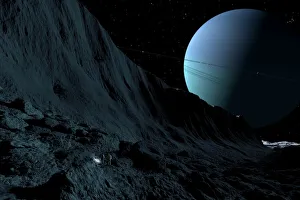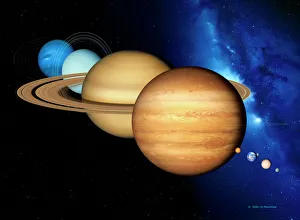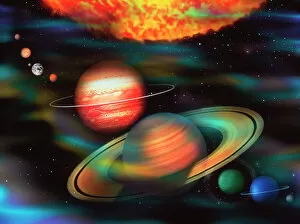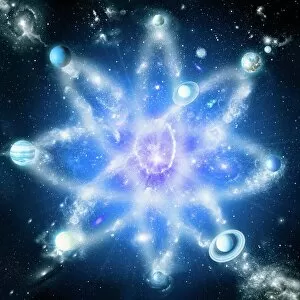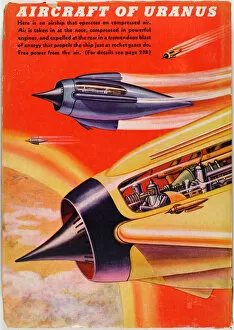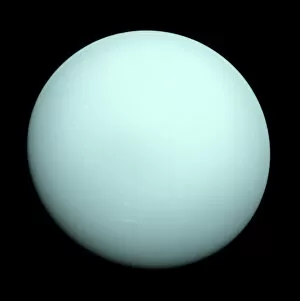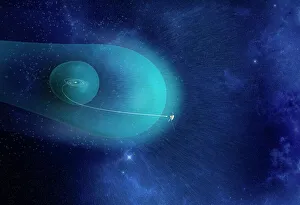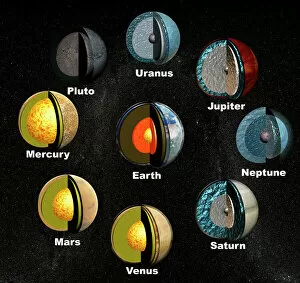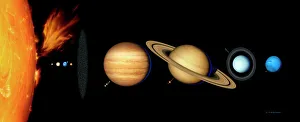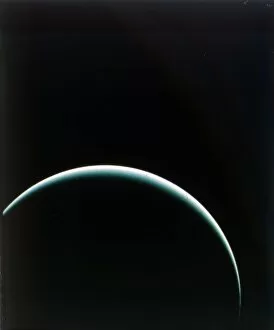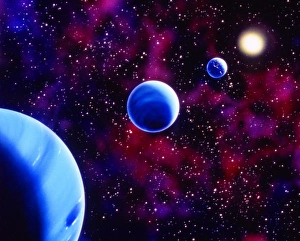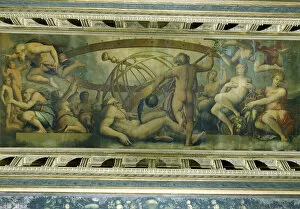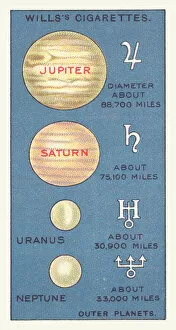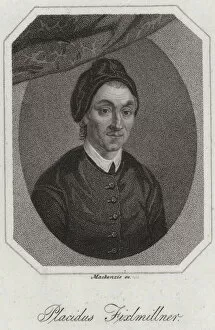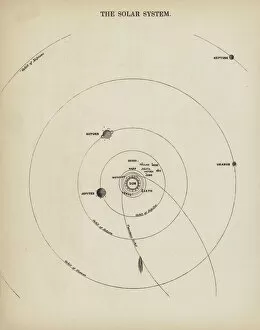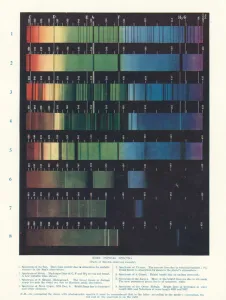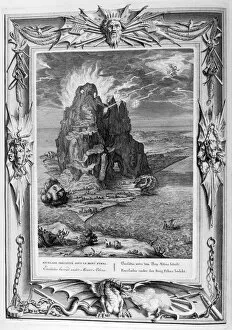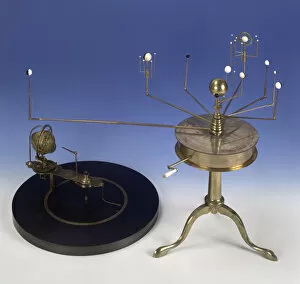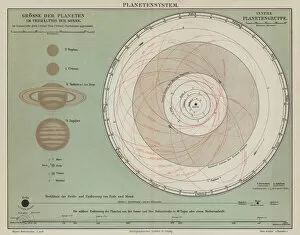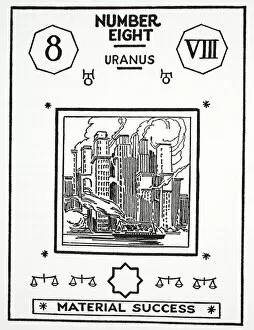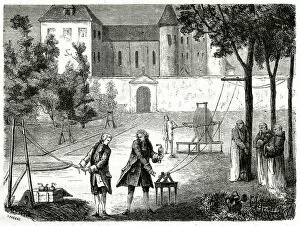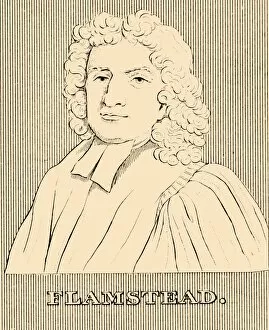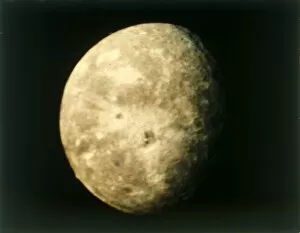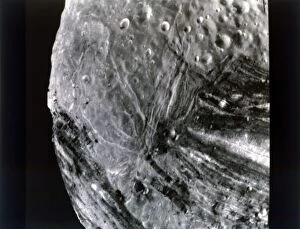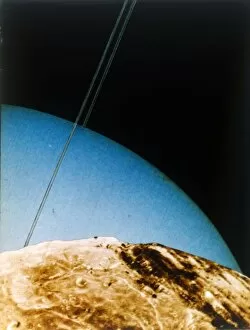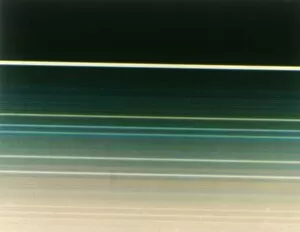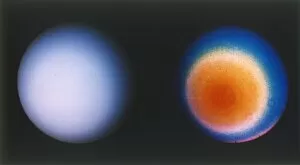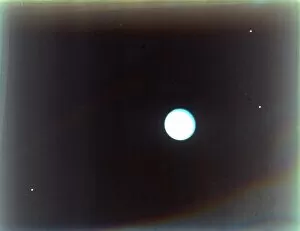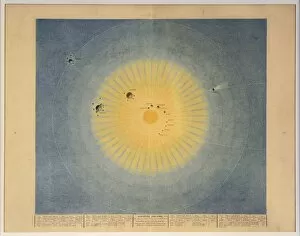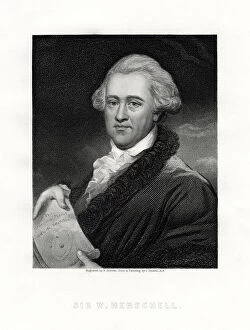Uranus Collection
"Exploring the Mysteries of Uranus: A Journey through our Solar System" Embark on a celestial adventure as we delve into the enigmatic world of Uranus
All Professionally Made to Order for Quick Shipping
"Exploring the Mysteries of Uranus: A Journey through our Solar System" Embark on a celestial adventure as we delve into the enigmatic world of Uranus. This captivating artwork takes us on a visual tour, showcasing the mesmerizing beauty and intriguing characteristics of this distant planet. In our vast Solar System, Uranus holds its own unique place among its planetary siblings. As we compare sizes, it becomes evident that this gas giant is larger than Earth but smaller than mighty Jupiter and Saturn. Its presence in the cosmos adds to the awe-inspiring diversity found within our cosmic neighborhood. Delving deeper into history, we encounter ancient astronomers who sought to unravel the secrets of our Solar System. The intricate epicycles depicted in Mercury and Venus' orbits from 1823 remind us of their tireless efforts to understand celestial movements. Ptolemy's Geocentric Model, Copernicus' Heliocentric Model, and Tycho's contributions all shaped our understanding of how planets like Uranus fit into the grand scheme. Turning our attention back to Uranus itself, a front view reveals its majestic allure - an ethereal blue orb adorned with swirling clouds that dance across its atmosphere. It stands as a testament to nature's artistry at work on an astronomical scale. But let us not forget about Miranda, one of Uranus' moons. An astonishing gigantic scarp etched onto its surface leaves us marveling at the forces shaping these remote worlds beyond Earth. As we zoom out once more from individual planets and moons, we witness them harmoniously orbiting around their radiant sun – a reminder that unity exists even amidst vast distances within our Solar System. And finally, ponder upon quantized orbits – precise paths traced by each planet as they gracefully navigate through space. These patterns highlight both orderliness and complexity in equal measure; further evidence that there is still much left for humanity to uncover about these cosmic wonders.

